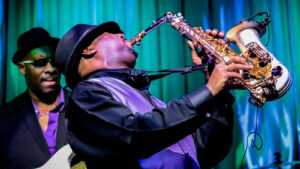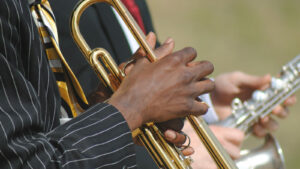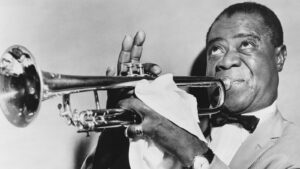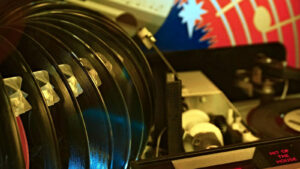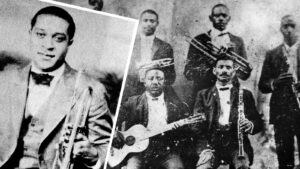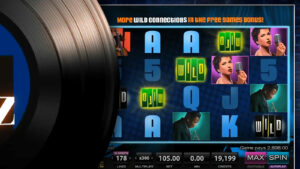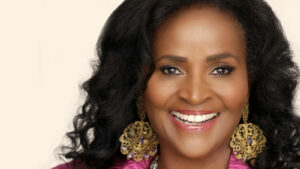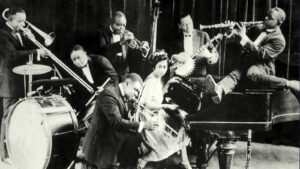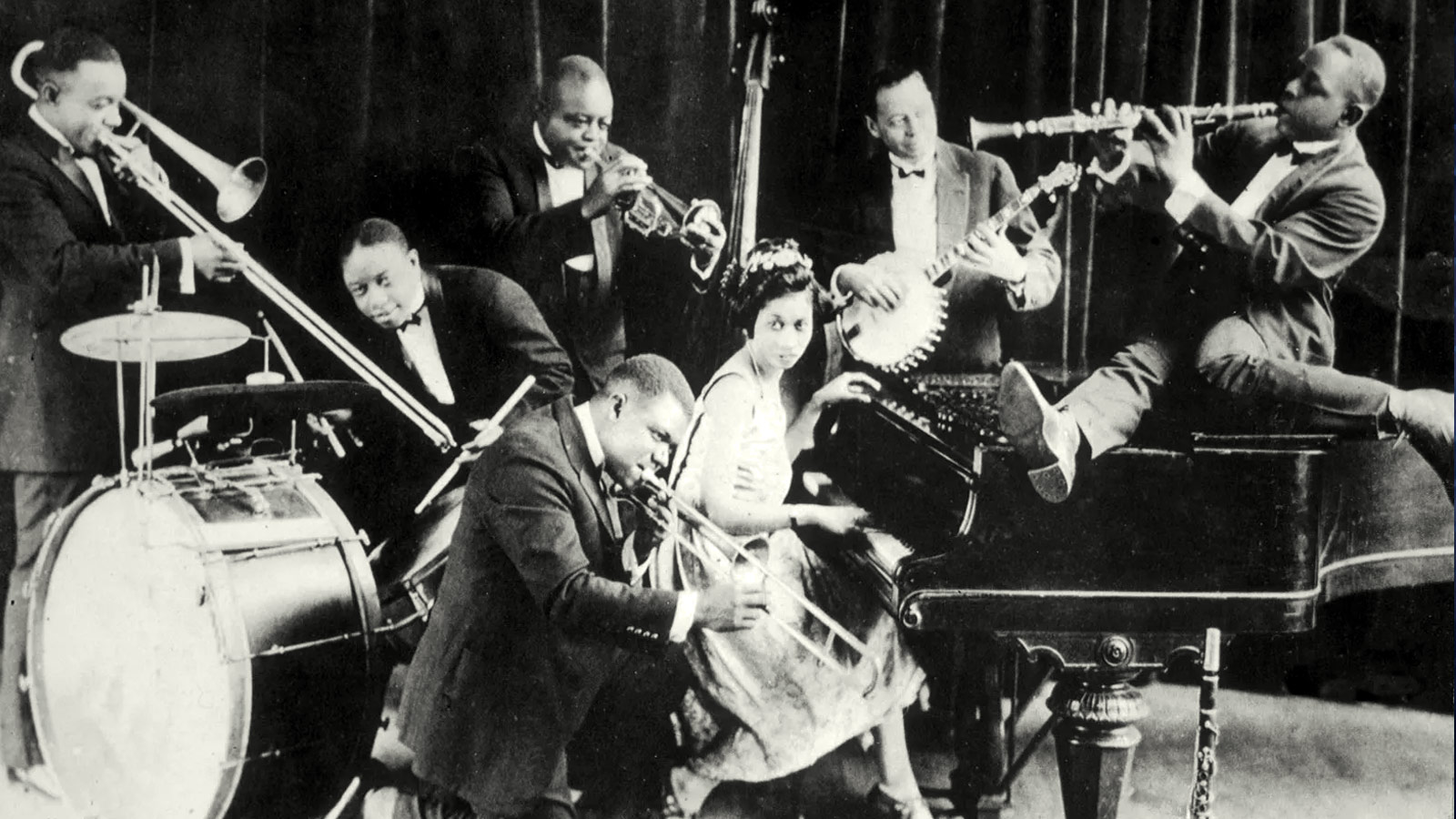
It has always been a challenge to give a proper definition of jazz. This is mainly because it’s still developing and taking on new forms. The genre has been in existence for more than a hundred years, encompassing many of the musical sensibilities in the process. We can say that its roots can be found in blues and ragtime. These genres eventually became an inspiration for the jazz bands of New Orleans in the early 20th century.
However, jazz didn’t stop here. It further gave rise to rock-fusion and the contemporary electronic music. Over the years, there have been various attempts to explain the defining features of jazz. For some of the prominent contemporary jazz musicians, jazz is a cohesive music style owing to its unique qualities. Regardless of how it is defined, jazz has certainly led to the development of many sub-genres.
It is important to note that these sub-genres have evolved over many years. Each of them possesses their own distinct features. Of course, the legendary jazz artists of the past have been instrumental in developing these sub-genres. Then there were certain artists who had been into multiple genres of jazz. Here, we’ll delve into the three sub-genres of jazz that were once extremely popular:
1. Dixieland or Chicago Style
Dixieland has had its share of controversy and it was mainly associated with its name. Some people see it as a derogatory term, which was used in the pre-Civil War era. Nevertheless, it’s still in use and describes the music that came up in New Orleans.
The evolution of the earliest forms of jazz took place in the late 19th and the early 20th centuries. Their roots were in a style with the name ‘ragtime’ or ‘playing hot’. These forms of jazz come under classical jazz, also known as ‘hot jazz’. You’ll even find the term ‘dixieland’ in one of the earliest jazz recordings.
2. Swing or Big Band
Music in the 1930s had a greater emphasis on showmanship. The bands that belonged to this era had their own theme songs, uniforms, and logos. Swing or Big Band is a musical genre that has a greater importance for written composition instead of improvisation. You’ll also find large ensembles in this form of music.
The bands have sections just like an orchestra, but they don’t have any roots in orchestras. Instead, they took their inspiration from the divisions that were seen in the front lines of dixieland. The music had a steady 4/4 time to produce a smoother feel of swing.
3. Bebop or Bop
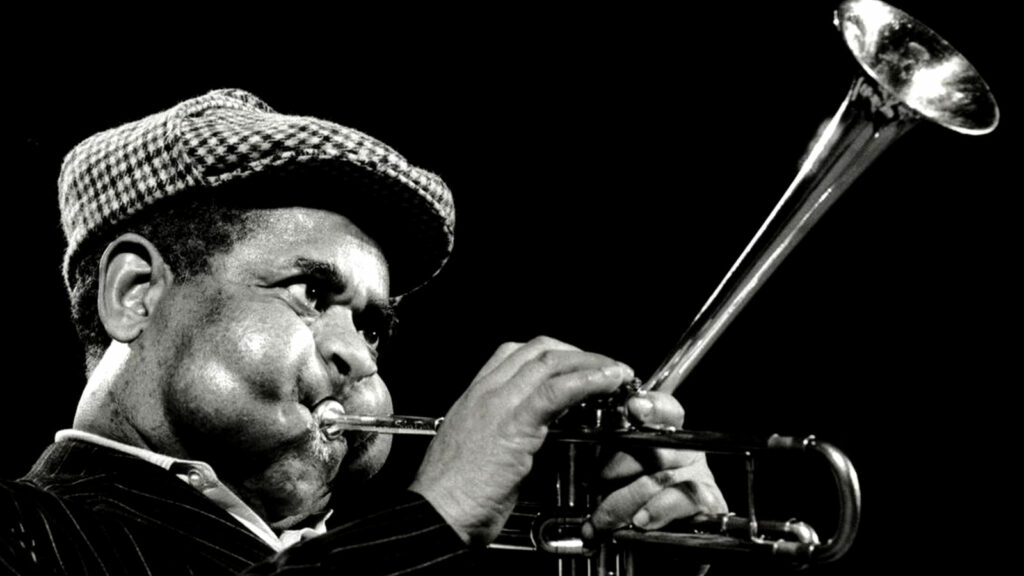
There was an increase in the use of complex harmonies with Bebop. They either substituted or altered the standard chord progressions. There was a new line of melody overlaying a familiar harmonic structure of chord progressions that were borrowed. The Bebop or Bop genre comprises small ensembles unlike swing and big band.
These ensembles are usually in the form of the trio, quartet, and quintet. Here the emphasis is largely on technique and virtuosity. The drummer is an interactive member of the group here. He or she is not someone who just backs up the band with a rhythm. Now, the drummer even provides the basic rhythm of the piece and complements the soloists.

